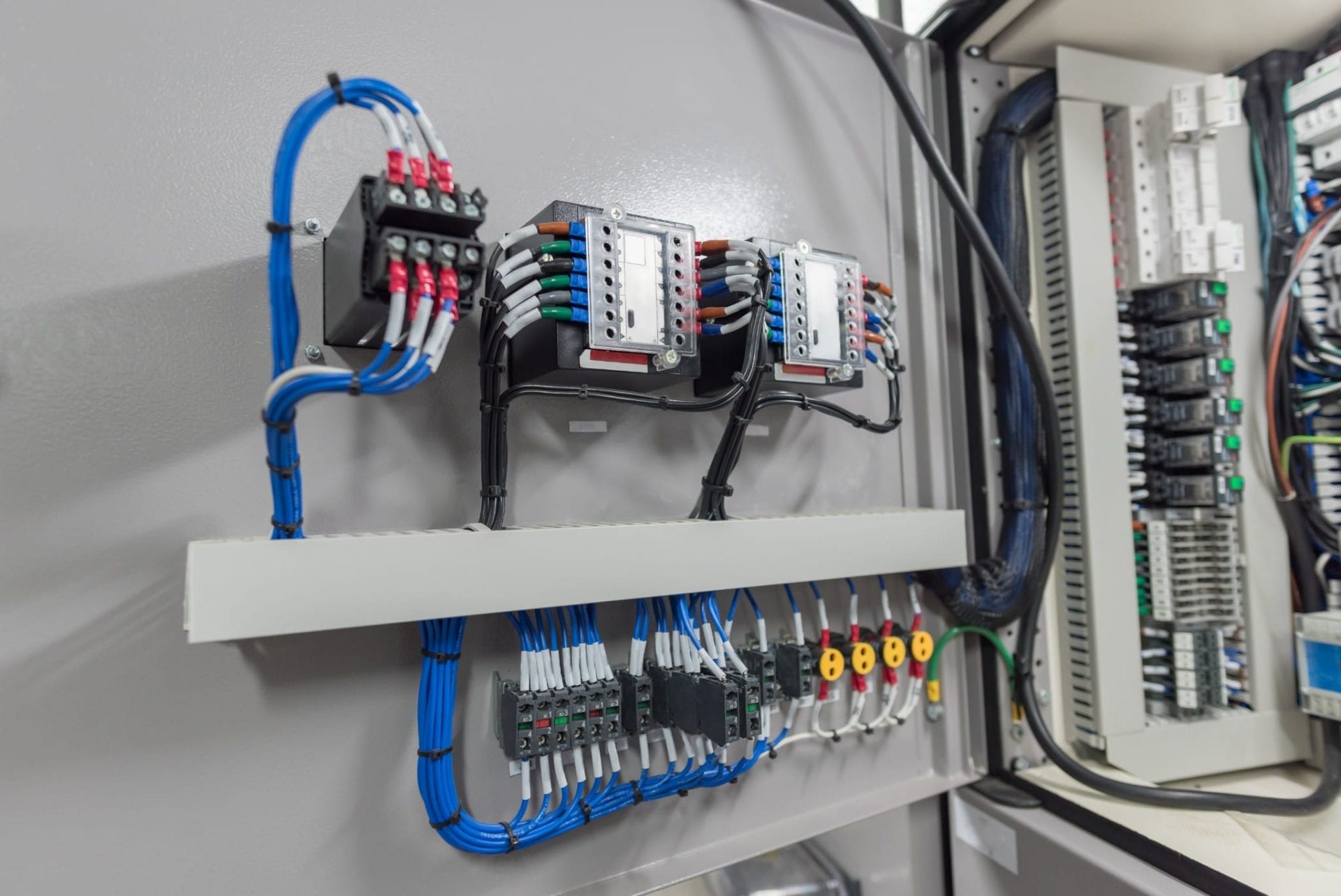How to Get Started with Electrical Wiring: A Beginner's Guide

Electrical wiring is a crucial part of any home, and understanding it is essential for every homeowner. Not only does it help in ensuring the proper running of your house, but it is also crucial to ensure your safety. In this article, we’ll examine the fundamentals of electrical wiring and the importance of safety, and the benefits of hiring an accredited residential electrician for all your electrical wiring needs.
Understanding the basics of electrical wiring
The electrical wiring refers to the network of electrical conductors that run through your home, carrying electrical power to your appliances or devices as well as lighting fixtures. It is formed by electrical circuits that connect your electrical power source and your appliances. Electrical circuits are made up of wires, switches, along with other electronic components, which work together to form a secure and efficient electrical system. There are many kinds of electrical wiring, including aluminum, copper, as well as wire insulation types like PVC or rubber.
Preparation and planning for electrical Wiring
When installing the new wiring for electrical use, it is important to consider many aspects to take into consideration, such as the kind of wiring you require, the power capacity of your electrical system, and your power requirements. It is also important to be aware of the electrical wiring regulations and permits required in your region. To be prepared your electrical wiring system, create an electrical plan, and then assess your electrical requirements. This will help to ensure your wiring system is secure, efficient, and meets your power requirements.
Materials and tools required for electrical wiring
When installing new electrical wiring it is important to have the appropriate materials and tools on hand. Tools that are essential include strippers, wire cutters pliers, and the voltage tester. Other items required to conduct electrical wiring comprise electrical tapes, wire nuts conduit as well as electrical box. It’s also beneficial to have a wiring diagram to help you with the installation process.
Step-by-Step Guide to Installation of Electrical Wiring
Installing electrical wiring can be a complex process however, with the right tools and knowledge you can do it quickly and safely. Here is a step-by-step guide for installing new electrical wiring inside your home:
Shut off the power source to the area where you will be working.
Design the wiring layout and mark the location where the wiring will be installed.
Install conduit and electrical boxes where necessary.
Cut and strip the wires to the proper length.
Make sure you connect the cables to your fixture or device you are wiring.
Secure the wires in place with wiring nuts, electrical tape, or even conduit straps.
Check the wiring to make sure that it’s functioning correctly.
In the process of installing It is crucial to follow the best wiring installation techniques and guidelines. Also, be aware of the common mistakes that you should avoid while installing wiring, for example, overloading circuits, using damaged wires, and using the incorrect type of wire.
Troubleshooting Electrical Wiring Issues
Even with careful planning in the installation and design, wiring problems may arise. Common issues include wiring problems, overloads in circuits, and electrical shorts. To resolve these issues it is essential that you are aware of typical electrical wiring issues and be aware of how to efficiently and safely tackle them. In addition, it is essential to follow the proper electrical safety protocols in the event of a problem with electrical wiring like shutting off the power source and wearing safety equipment.
Conclusion
In conclusion, understanding the electrical wiring inside your home is crucial for your safety as well as the effective operation of your electrical system. It is important to hire an authorized electrician to ensure your wiring is set up and maintained correctly. We at Local Electrician Richmond, we provide a range of electrical services that include electrical wiring installation and repair. Reach out to Local Electrician Richmond at 1300 941 876 for all your electrical wiring requirements.
Electrical Wiring FAQ
Here are some frequently asked questions related to electrical wiring. They also include extra safety advice and the best practices for electrical wiring repair and installation:
What type of wire should I choose for my electrical wiring?
The kind of wire you should use for electrical wiring is contingent on the particular requirements of your project and the local building code. It is important to use the appropriate gauge of wire, insulation type, and wire materials to ensure the security and effectiveness of your electrical system.
Do I have the ability to put in myself my own wiring for electrical use?
While it is possible to create an electrical wire yourself it is essential to have the proper knowledge and experience to install it safely and efficiently. In the majority of instances it is advised to engage an experienced electrician to ensure your wiring is set up and maintained in a safe and secure manner.
How often do I need to have my electrical wiring inspected?
It is recommended that you have your electrical wiring inspected every 10 years or whenever you observe symptoms of electrical malfunctions for example, frequent trips to the circuit breaker or electrical shocks.
What should I do if I find electrical wiring issues in my house?
If you notice any electrical wiring issues within your home, for example, flickering lights or outlets that won’t work, it’s crucial to fix them right away. Switch off the power source to the area in question and then contact a licensed electrician to assess and repair the problem.
If you follow these guidelines and best methods, you can be sure you have electrical connections that are secure and working in a safe manner. Make sure you are taking safety into consideration and consult with a licensed electrician whenever you need to. Call Local Electrician Richmond at 1300 941 876 to discuss all of electrical wiring issues.
